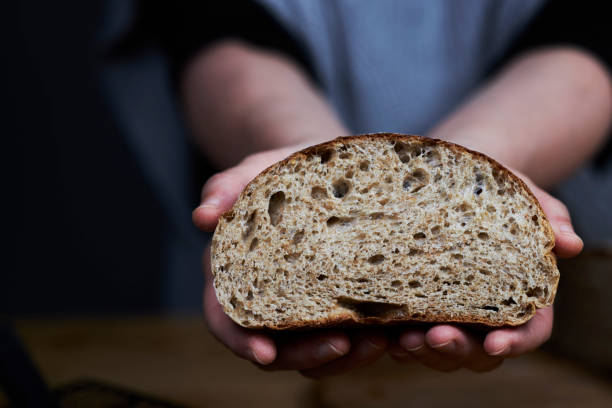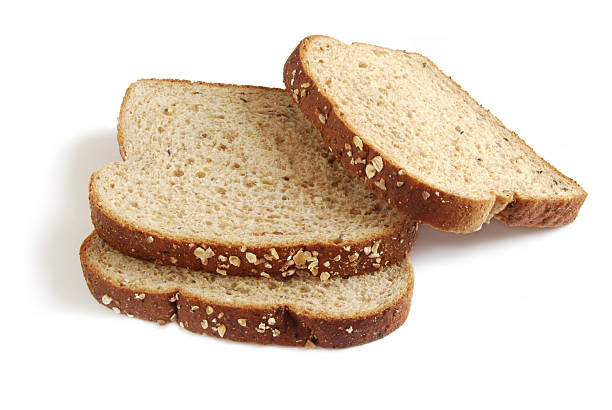Brown bread is a staple food in many households, known for its rich flavor and hearty texture. Often considered a healthier alternative to white bread, brown bread is made from whole grain flour, which includes the bran, germ, and endosperm of the grain. The difference in the ingredients used in making brown bread compared to white bread is what makes it healthier and a better source of nutrients.
One of the key nutrients found in brown bread is protein. Protein is an essential macronutrient that is important for our health and wellbeing. It is required for building and repairing muscle tissue, supporting our immune system, and maintaining healthy bones, skin, hair, and nails. The recommended daily intake of protein varies based on age, gender, and physical activity levels, but the average adult needs around 0.8 grams of protein per kilogram of body weight.
So, how much protein is in brown bread? The answer to this question depends on the specific brand and type of brown bread you are consuming. On average, a slice of brown bread contains between 3 to 4 grams of protein. This is significantly higher than white bread, which contains around 2 grams of protein per slice. The increase in protein content is due to the inclusion of whole grain flour in the bread-making process. Whole grain flour is a rich source of protein, and when used in baking, it increases the protein content of the final product.
It is important to note that not all brown bread is created equal. Some brown bread brands may contain more protein than others, and the protein content can also vary depending on the type of brown bread you are consuming. For example, sourdough brown bread tends to have higher protein content compared to other types of brown bread, as the long fermentation process used in making sourdough bread breaks down the gluten, making it easier to digest and increasing the amount of protein available for our bodies to use.
Another factor that affects the protein content of brown bread is the addition of other ingredients, such as nuts, seeds, and legumes. These ingredients can significantly increase the protein content of the bread, making it an even better source of protein. For example, a slice of multi-seed brown bread can contain up to 7 grams of protein, making it an excellent source of protein for vegetarians and vegans who may struggle to get enough protein in their diets.
However, it is possible to get all of the essential amino acids that our bodies need by combining different plant-based proteins. For example, you can pair brown bread with a source of legumes, such as beans or lentils, to get a complete source of protein. This combination of plant-based proteins can provide your body with all of the essential amino acids it needs to function optimally.
In addition to providing a source of protein, brown bread also contains other important nutrients, such as fiber, vitamins, and minerals. Fiber is important for our digestive health and can help to regulate our blood sugar levels. Brown bread is also a good source of vitamins B and E, which are important for our overall health and wellness. Additionally, brown bread contains minerals such as iron and zinc, which are important for healthy bones and a strong immune system.
In conclusion, brown bread is a good source of protein, with an average slice containing about 5 grams of protein. Protein is essential for our bodies as it plays a crucial role in building and repairing muscles, maintaining healthy skin and bones, and boosting our immune system. While brown bread may not be a complete source of protein on its own, it can be paired with other plant-based proteins to provide our bodies with all of the essential amino acids it needs. In addition, brown bread is also a good source of fiber, vitamins, and minerals, making it a nutritious and delicious food choice.

 Home
Home Health
Health Diet & Nutrition
Diet & Nutrition Living Well
Living Well More
More












